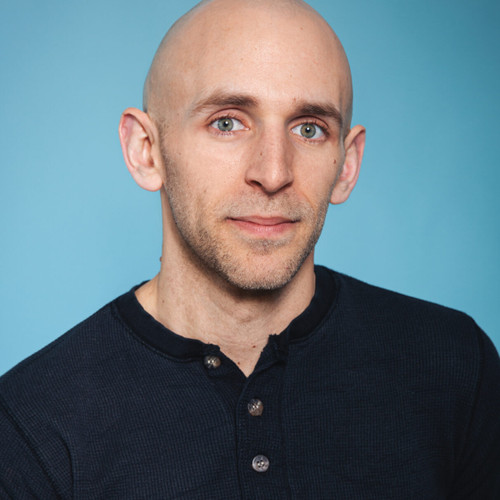As Overdose Deaths Mount in New York Prisons, Treatment Program Crawls
The prison department doesn’t track overdose deaths in its custody. A New York Focus analysis found that the overdose death rate has tripled.

Prison overdose deaths are infrequent enough that the yearly totals can rise and fall by chance. But statistical tests show this is unlikely to be the case in New York. Deadly overdoses are becoming more common.
The data used comes from investigations of individual deaths from the State Commission of Correction and assessments from the state attorney general. In the attorney general’s report, some deaths were classified as “potential overdoses,” pending the completion of assessments. New York Focus confirmed with the attorney general’s office that those assessments are closed and the cases are listed as overdose deaths.
For comparison of overdose death rates, overdose deaths from September 2021 through August 2022 were compared to overdose deaths from September 2016 through August 2017. The former time period came from the attorney general report and the latter came from individual State Commission of Correction reports. The populations from December 2021 and 2016 were used, respectively.
Confidence intervals were calculated at 90 percent.
“It just didn’t seem like people were getting seen enough.”
People with opioid use disorder may need different medications depending on the stage of their addiction. Though riskier than some treatments, methadone can be more effective for people with severe addiction or who used recently: It can be used in high doses and doesn’t require a person’s system to be free of opioids. Buprenorphine, considered the gold standard for opioid addiction treatment, is best for people trying to stay off heroin permanently. Another option, the monthly-injected Naltrexone, is effective for people on long-term treatment plans who want to taper off buprenorphine-based medications, but doesn’t work as well for people who have recently stopped using opioids.







